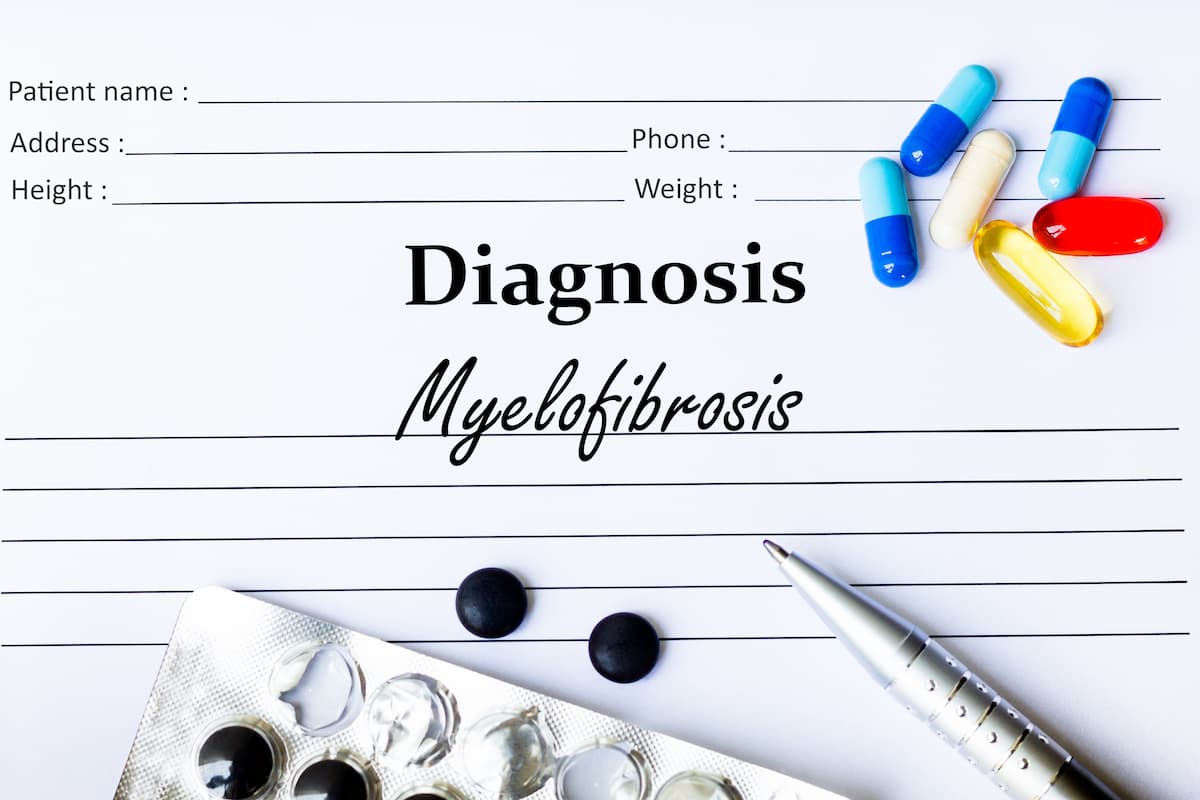- Center on Health Equity & Access
- Clinical
- Health Care Cost
- Health Care Delivery
- Insurance
- Policy
- Technology
- Value-Based Care
Study Identifies Potential Genetic Drivers, Targeted Treatments for AF in MPN
The study found that atrial fibrillation (AF) significantly increases stroke and mortality risk in certain patients with myeloproliferative neoplasms (MPNs).
A new multicenter study has shed light on the incidence and consequences of atrial fibrillation (AF) in patients with JAK2V617F-positive myeloproliferative neoplasms (MPNs), identifying key genetic and inflammatory markers associated with AF risk, as well as potential protective effects from targeted therapies.1
Published in Cancer Medicine, the study retrospectively analyzed data from 439 patients with JAK2V617F-positive MPNs, a genetic driver mutation frequently observed in polycythemia vera (PV), essential thrombocythemia (ET), and primary myelofibrosis (PMF). Over a median follow-up of 6 years, AF developed in 6.6% of patients, with a clear impact on both thrombotic outcomes and survival.
In a novel finding, the study pinpointed 2 independent risk factors for AF development in this population: elevated interleukin-1β and TET2 mutation. | Image credit: mdaros - stock.adobe.com

Previous studies have pointed to varying ranges of AF prevalence in patients with MPN, with some studies showing an incidence ranging between 8.7%-18.7% and another showing an incidence of 16.1%.2
Among patients who developed AF, rates of stroke and death were significantly increased, with an approximately 2-fold risk of stroke (HR, 1.99; P = 0.036) and a nearly 4-fold increase in mortality (HR, 3.86; P < 0.001) in multivariate analyses. Thromboembolic complications, including acute coronary syndrome and arterial thrombosis, were also more frequent in patients with AF.
In a novel finding, the study pinpointed 2 independent risk factors for AF development in this population: elevated interleukin-1β (IL-1β) and TET2 mutation. Among the 375 patients with genetic sequencing data, those with TET2 mutations were significantly more likely to develop AF, with the mutation being associated with a more than 4-fold increased risk (HR, 4.36; P = 0.042). Elevated levels of IL-1β, a key pro-inflammatory cytokine, were associated with an even higher risk (HR, 5.48; P= 0.012).
“These experimental findings strongly support and provide a biological basis for the relevance of IL-1β, TET2 mutation, and AF for our patients with JAK2V617F-positive MPN,” explained the researchers.
To help clinicians identify patients at elevated risk, the researchers constructed and validated a predictive nomogram incorporating clinical, genetic, and inflammatory variables. The model showed strong performance, with area under the curve values of 0.98, 0.90, and 0.88 for predicting AF-free survival at 2, 5, and 10 years, respectively.
Patients classified as high-risk by the model had significantly lower AF-free survival, with AF-free survival of 62% at 10 years compared with 91.7% in the low-risk group (P = 0.002). These findings were subsequently confirmed in a validation cohort.
Notably, the use of interferon-α or ruxolitinib—both common treatments for patients with the disease—was associated with longer AF-free survival in high-risk patients. In contrast, hydroxyurea showed no such benefit.
Interferon-α is known to reduce the JAK2V617F allele burden and modulate immune responses, while ruxolitinib, a JAK1/2 inhibitor, is effective in reducing systemic inflammation. The study suggests that these therapies may mitigate AF risk by targeting the inflammatory microenvironment and its molecular drivers.
These findings may prompt clinicians to monitor for AF more aggressively in JAK2-mutated MPN patients, particularly those with TET2 mutations or elevated IL-1β levels. They also add to the rationale for considering interferon or ruxolitinib not just for hematologic control but for cardiovascular risk reduction.
While the study is limited by its retrospective design and modest AF case numbers, it represents one of the most comprehensive efforts to characterize AF risk in these patients. Future prospective studies, explained the researchers, could further validate the nomogram and explore whether early intervention based on inflammation and mutation status can alter outcomes.
References
1. Teng G, Shang K, Zhang Y, et al. Incidence, outcomes, and risk factors for atrial fibrillation in patients with JAK2V617F-positive myeloproliferative neoplasms. Cancer Med. 2025;14(13):e71015. doi:10.1002/cam4.71015
2. Herbreteau L, Couturaud F, Hoffmann C, et al. Atrial fibrillation and peripheral arterial disease define MPN patients with very high risk of thrombosis. Thromb Res. 2023;226:93-99. doi:10.1016/j.thromres.2023.04.021
